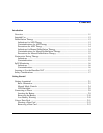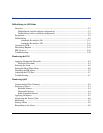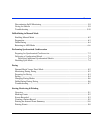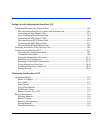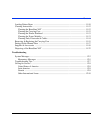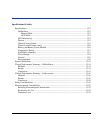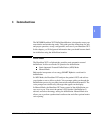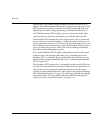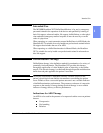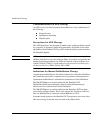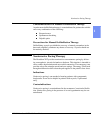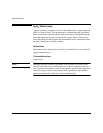
Overview
1-2 Introduction
Defibrillation is performed through multifunction defib electrode pads. In
addition, both AED and Manual Mode offer monitoring through pads, 3-lead
ECG monitoring electrodes, or optional 5-lead ECG monitoring electrodes.
Optional pulse oximetry (SpO
2
) monitoring is available in both modes, as
well. While monitoring ECG or SpO
2
, you may set heart rate and/or SpO
2
alarms to alert you when these parameters are outside the limits defined.
The HeartStart XLT automatically stores critical events, such as shocks and
alarm violations, in its internal memory. Additional events of interest to you
may be marked for storage, as well. Events may be printed as they occur or an
Event Summary may be printed at any time. The HeartStart XLT also allows
you to store data and events on a Data Card for downloading to HeartStart
Event Review Data Management systems.
The versatile HeartStart XLT is highly configurable to better meet the needs
of diverse users. The messages and softkeys vary, depending on how the
HeartStart XLT is configured. Be sure to familiarize yourself with your con-
figuration before using the HeartStart XLT (see “Configuring the HeartStart
XLT” on page 10-7).
The HeartStart XLT is powered by a rechargeable sealed lead acid (SLA) bat-
tery that allows the defibrillator to charge to 200 joules in less than three sec-
onds. Proper care of your batteries will ensure that they have the energy
required to operate the HeartStart XLT and to deliver the appropriate therapy.
(See “Battery Maintenance” on page 11-8.) Similarly, following the specified
operational checks will ensure that the HeartStart XLT is functioning and
ready for use. (See “Operational Checks” on page 11-2.)




